Wall Panelling: An Ultimate Guide
Wall panelling has grown increasingly popular in British homes in the past few years, owing to its ability to create a modern and elegant feeling in any home, regardless of size. Panelling, while it may appear to be a costly addition to your space, may be a low-cost and simple solution to create a three-dimensional effect to your house.
As a result, we've put up this helpful collection of how-tos and tips to cover all you'd need to know to find the most often asked questions (and answers) in one convenient location!
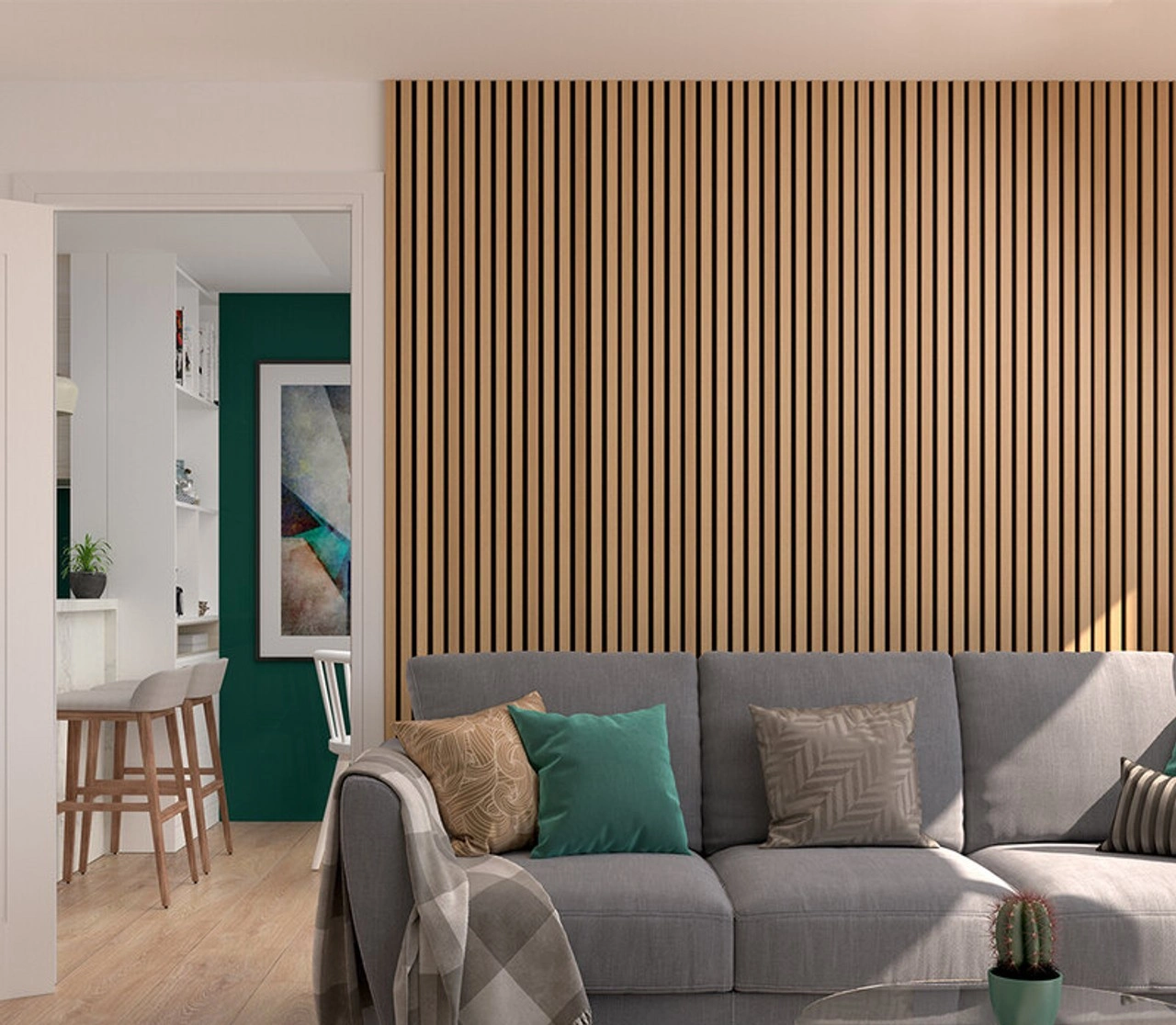 Howarth Timber – Deanta Wall Panelling
Howarth Timber – Deanta Wall Panelling
Types of wall panelling
Hallway panelling
This type of wall panelling is especially popular in hallways, owing to its half-and-half pattern, which shields walls from scuffing while remaining modest enough not to dominate the space. Combining a darker tone on the bottom half with a bright, light tone on the top will further open up the corridor and provide the sense of bigger space.
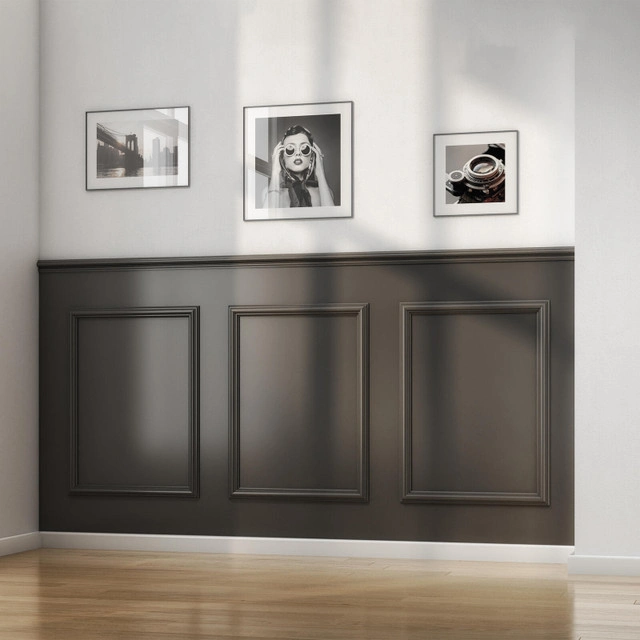
Howarth Timber – Cheshire Mouldings Panelling
Victorian style
This classic panelling style has the appearance of the interior decor of a colonial home, with alternating large and thin panels that can span half height or full lengths. Although this style of panelling can come in a variety of shapes and sizes, we prefer floor to ceiling panelling for an elegant impression.
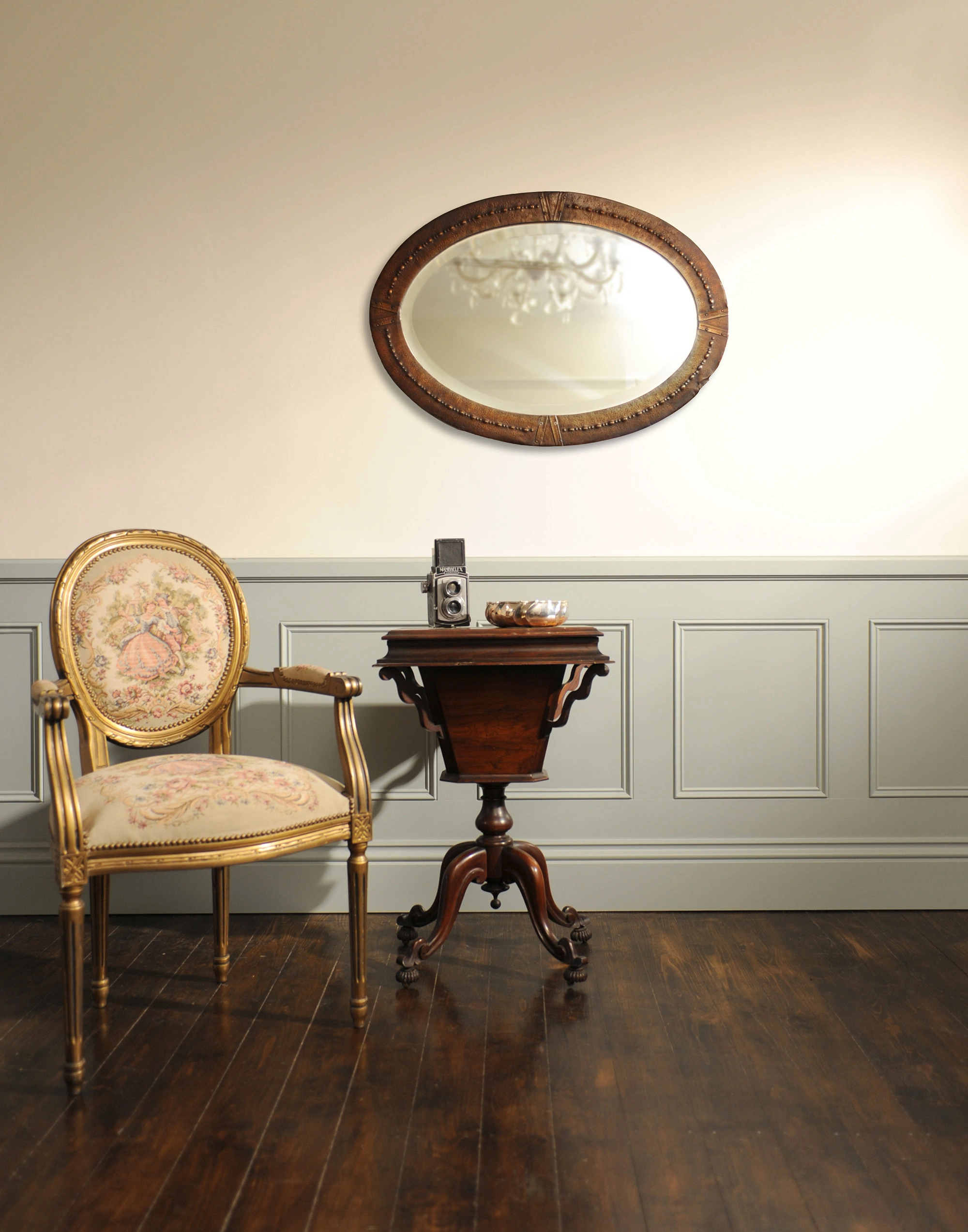
Painted Wall Panelling
Shiplap
Shiplap panelling has an interesting backstory, as it was originally used to waterproof boats. This means that the panels were placed with grooves cut into the top and bottom so that they could overlap to make a tight seal to keep water out. Shiplap panelling, which is still created in the same way today, is becoming more popular as a decorative element in bathrooms.

Hirepool
Shaker style
Shaker style, often known as board and batten, is undoubtedly one of the most popular forms of DIY panelling. The classic square shape gives three-dimensional depth to the room, giving a cosy, familiar atmosphere. This type of panelling is commonly found in bedrooms since it creates an excellent feature wall behind a headboard. Furthermore, if you opt to do it yourself, shaker type panelling is exceptionally quick and simple to install.
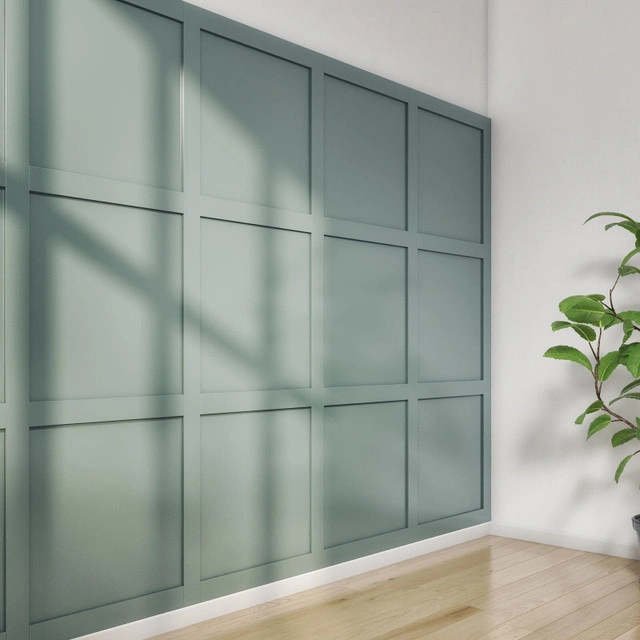
Howarth Timber – Cheshire Mouldings Panelling
Slatted
Slatted wall panels are an excellent choice for ultra-modern decorative wall panels. Slatted panels, or wood panelling, are not only a wonderful method to add natural character to a space, but they are also affordable to install. Slatted panels can be used to create a feature wall by spanning across the entire wall, or smaller pieces can be used to provide texture to more compact places, such as a corner.
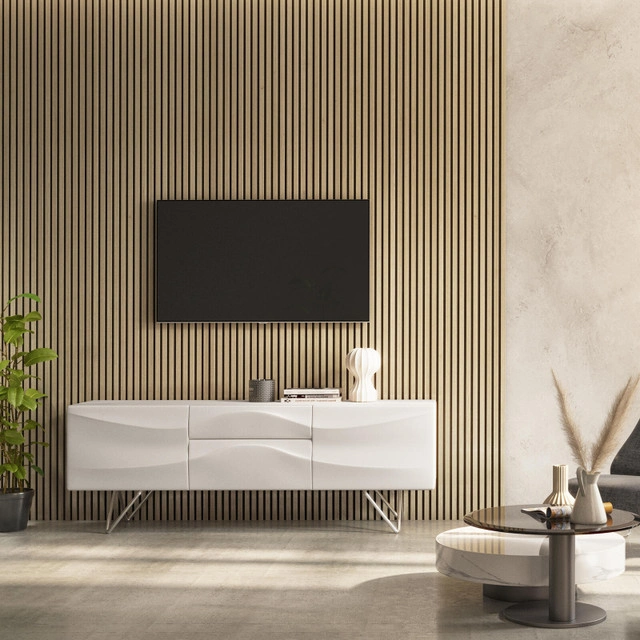
Howarth Timber – Cheshire Mouldings Panelling
What material is best for wall panelling?
Those looking for wall panelling ideas should be aware that there are several materials available for wall panelling. While wood is the conventional choice, many people now choose MDF wall panelling since it is less expensive, easier to paint, and does not warp or twist.
Therefore, if you intend to use MDF in a room with high moisture levels (such as a bathroom), use moisture resistant MDF.
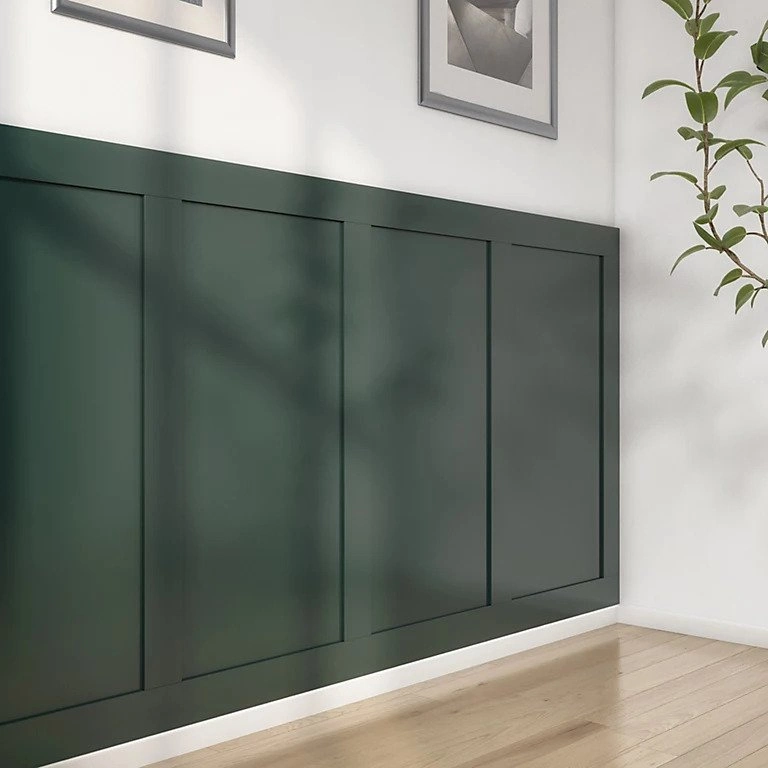
Cheshire Mouldings
How to panel a wall
Now that you're aware of the many varieties of wall panelling, you can finally begin to install it! It might be tough to learn how to do wall panelling, but it will be much simpler if you have the right tools, which you will need from the list below:
- Timber panels (MDF or wood)
- Wood primer
- A spirit level
- Grab adhesive glue
- Hand saw
- Filler or caulk
- A pencil
- Paint and paint brush
- Sandpaper
- Tape measure
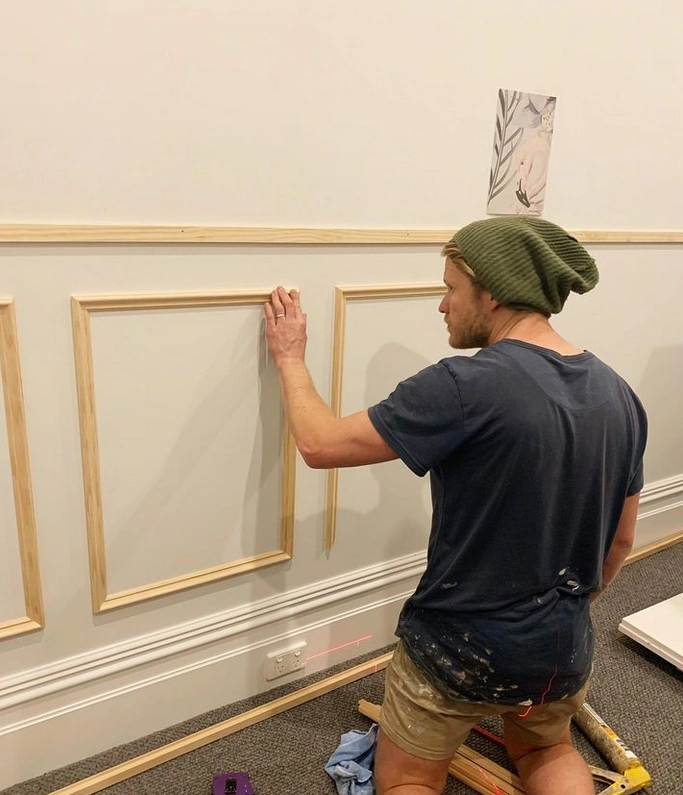
@framed_renos
Step 1: Measure, measure, measure
Begin by measuring your wall and taking note of any light switches on the outside of the wall. Then, for precise symmetry, determine how much panelling you'll need by holding the panels up against the wall and working outwards. Make pencil marks on the wall for reference, and don't forget to use a spirit level for precision!
Step 2: Cut and paint your panels
Then, using a hand saw, cut the timber panel to size depending on your specifications. Once your panels have been cut, paint them in your selected colour, and don't forget the second coat!
Step 3: Prepare your walls
Before you install the panelling, you must prepare the walls behind it. Before installing panelling, we recommend sanding the walls to ensure they are smooth and level. You may also paint the wall behind the panelling to match it.
Step 4: Apply the panels to the walls
To guarantee proper fit, lay each panel against the wall without glue first. Then, apply grab adhesive to the back of the panel. Place the panel against the wall and hold it in place for the recommended duration. Vertical panels should be applied first, followed by horizontal panels.
Step 5: Fill the gaps
Remember to fill the joints for a smooth finish! Fill in any gaps, holes, or areas where the panelling is a few millimetres too short using decorator's caulk. Once the areas have been filled, sand them flat and apply another coat of paint if necessary.
And that’s it – you’re all done!
DIY wall panelling is as easy at that! You can now sit back, relax, and enjoy your ultra-stylish wall panelling. And if you're looking for some design inspiration for your new panelling, keep reading for our top style choices for every form below.
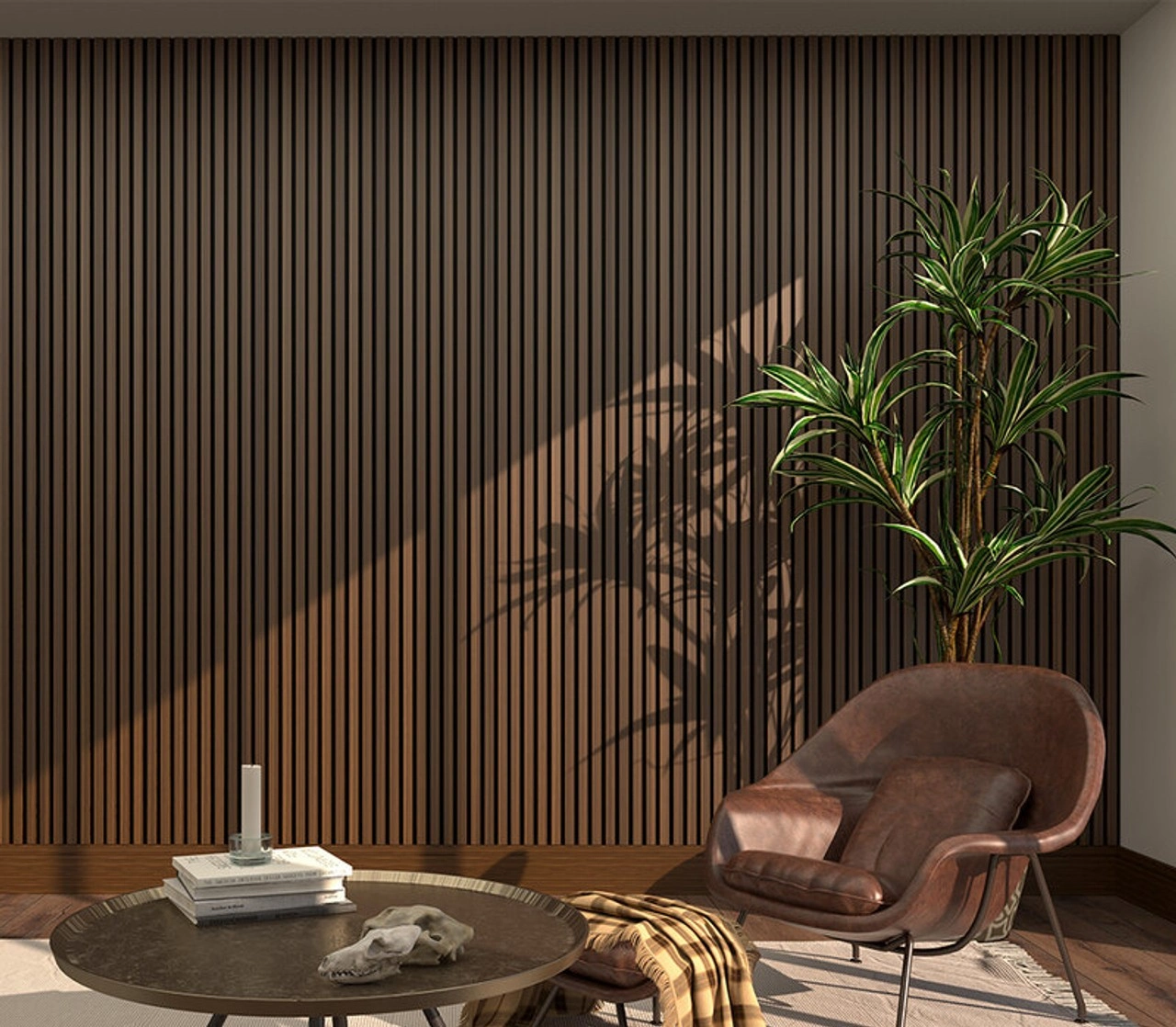
Howarth Timber – Deanta Wall Panelling
Wall panelling style ideas
Now that the MDF panelling is in place, it's time to consider how to decorate the area surrounding it. Do you want your dressing room to have a refreshing, tranquil transformative atmosphere? Or maybe you want to dive into a deep blue bathroom? Continue reading to learn about wood panelling ideas for every space.
Extend your wall panelling to create a statement piece
You won't want to stop with just one wall once you see how effective your panelling looks. Make a statement by spreading your panelling over all the walls in the room. Better still, why not extend your panelling all the way to the ceiling for optimum cohesion?
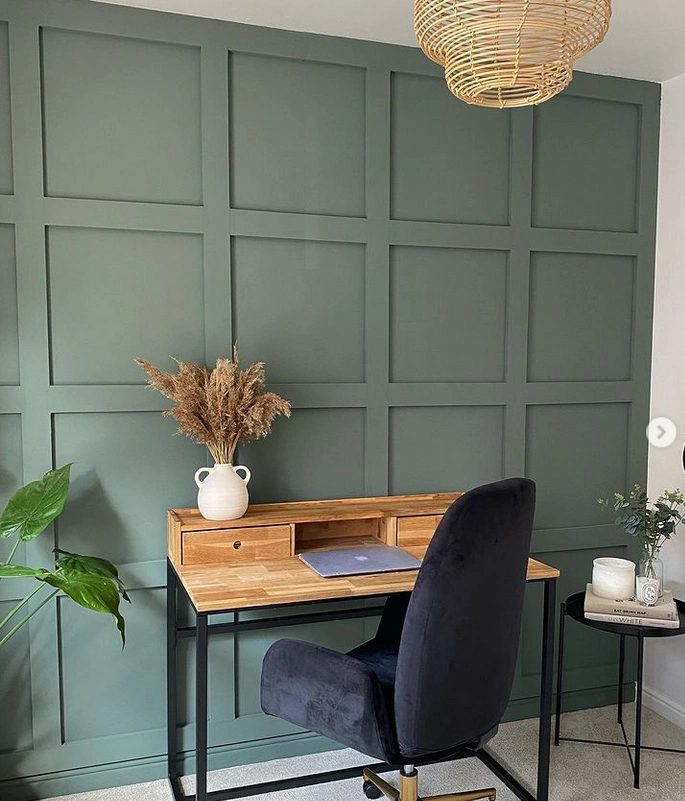
@lisagracejoyner
Add different textures
Texture layering can give any space a cosy and uplifting feeling. For a vintage look, combine slatted wall panels with brick-effect wallpaper. You may also go environmental by hanging trailing plants from the ceiling to create a natural textured impact.
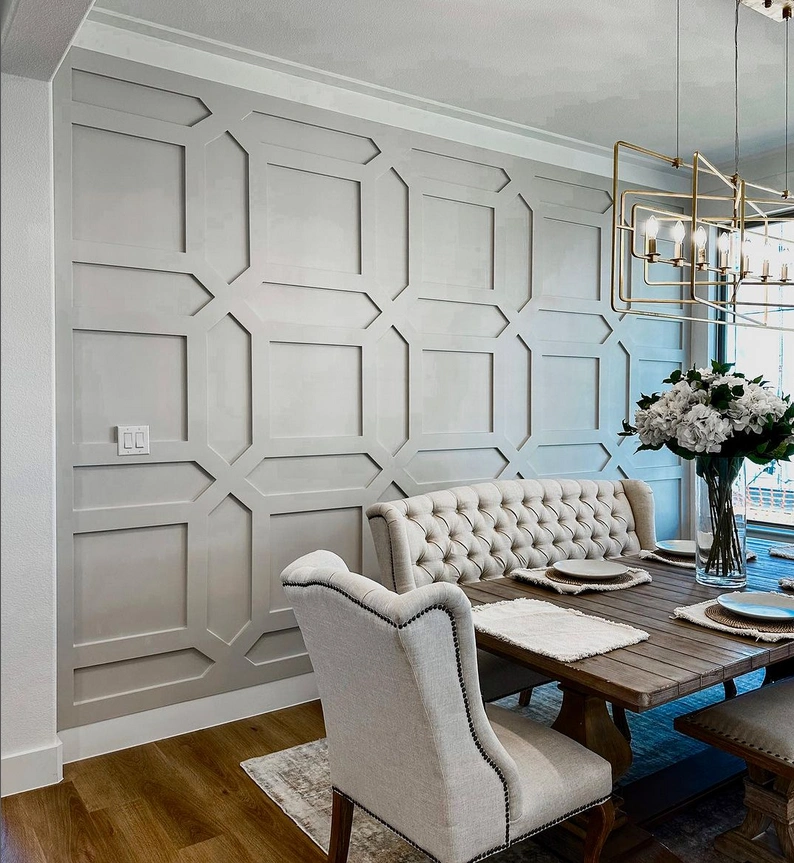
@texastrimcompany
Get creative with paint
Who said you have to limit yourself to just one colour? Adding contrasting colours to the panelling, such as pink and blue, is one of the finest ways to bring depth to your room. For example, by using a crisp painted line against varying coloured wall panels, it can add a contemporary twist to a traditional look.
And to add a more dramatic, vibrant effect, you could even paint the insides of Shaker panels a contrasting shade.
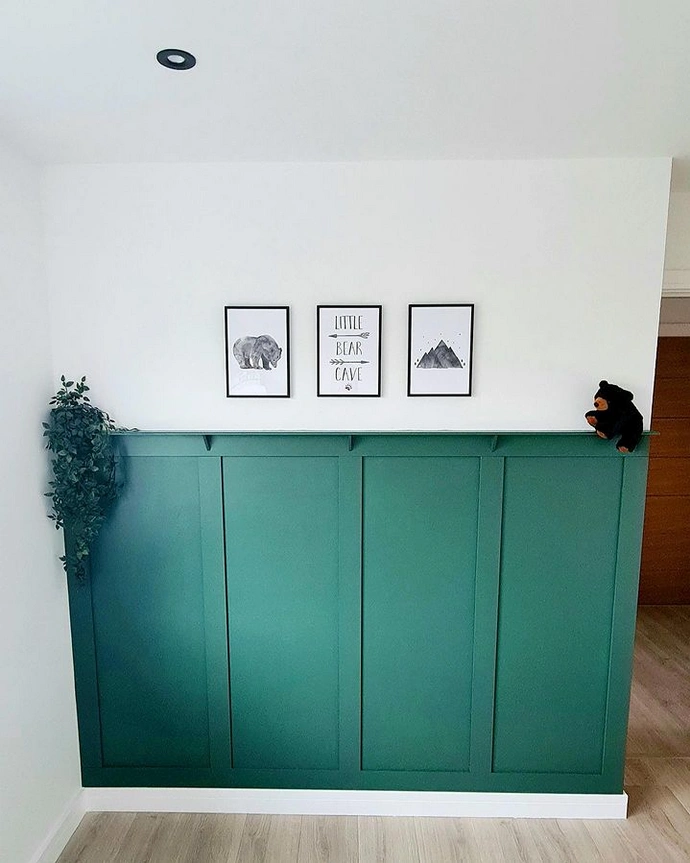
@panellingdirect
Use wall panelling to create a useful shelf
Wall panelling is very beneficial when creating built-in elements such as storage spaces or shelves since it allows you to simply cover a simple timber basis. This is very useful if you want to showcase artwork, mirrors, or TV’s.Placing huge paintings against the panelling via shelves will create a visually appealing focal point that will wow any home guests.
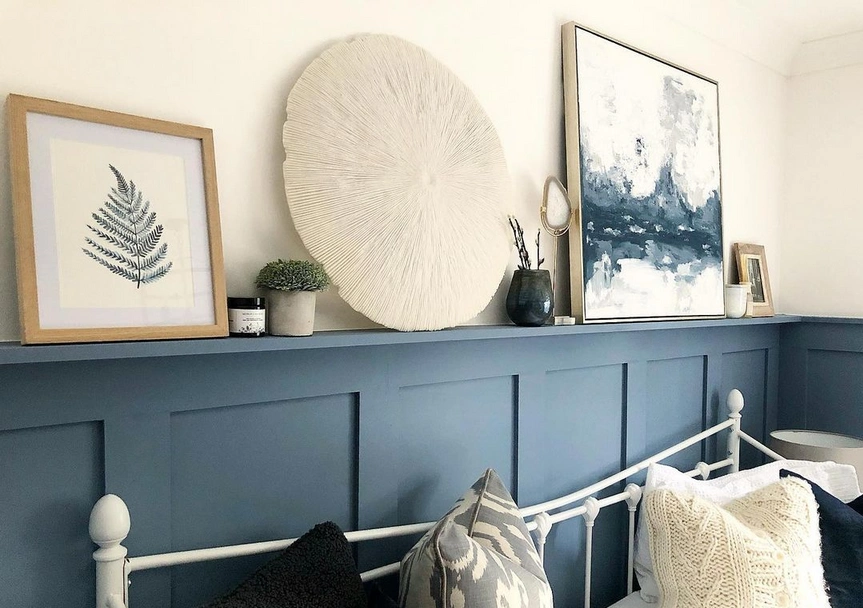
@amyelizabethinteriors
Create a hidden door within your wall panelling
This brilliant wall panelling idea is an excellent way of concealing a door within your space, which might frequently be used for storing home appliances and other bits and bobs, or even for a downstairs bathroom!
For this sort of job, first construct a stud wall and door before attaching your panels. Because the panelling strips will add weight to the door, employing adjustable hinges will help you maintain your lines straight on the completed panelling.
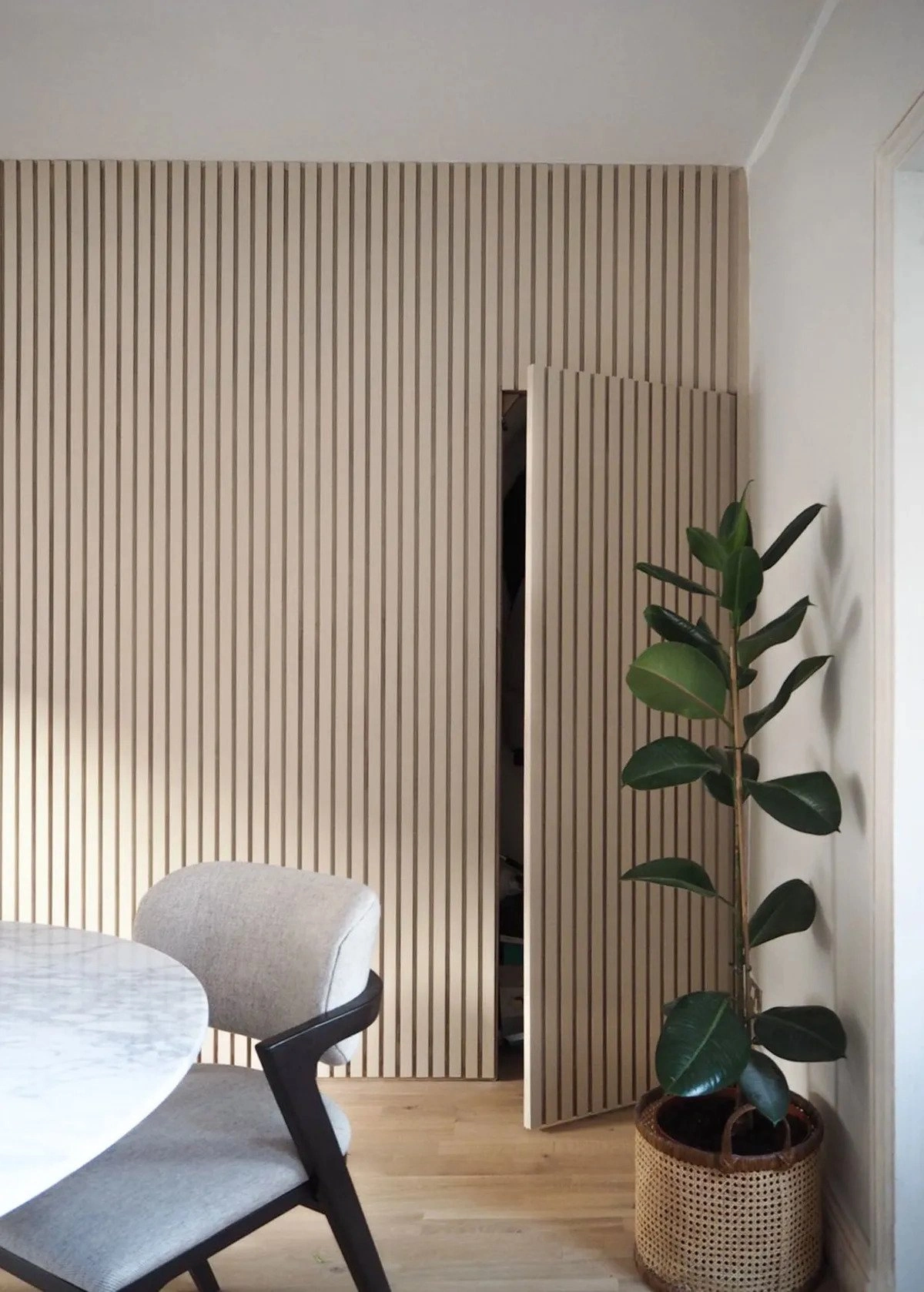
Home Building
And that brings us to the end of our complete guide to wall panelling. We hope that this article has not only helped you in fitting any wall panelling yourself but has also provided you with some fantastic panelling ideas for your next home project. We also love to see our customer’s work, so make sure to tag us in your beautiful wall panelling pictures with the handle @wearehowarth on Instagram!
If you have any questions on how to fit wall panels or would just like to know some further information about the products we sell at Howarth, please visit your local friendly Howarth branch, or contact our customer services on the number 01472 907051.
You can also look at our wide range of wall panelling products on our website, or you can even visit us in branch for more info.
Recent Posts
-
An Introduction to Types of Paving
There are so many different types of paving out there, but which ones are right for your project? Wh
-
10 small outdoor kitchen ideas just in time for summer
As summer approaches, many homeowners are looking for ways to enhance their outdoor living spaces&md
